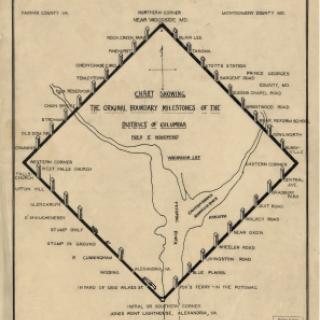Walt Whitman in Washington, D.C.
Walt Whitman's experience in Washington during the Civil War was formative to his career.
This post was orginally published in advance of the Arlington Historical Society's public program in September 2015, which featured a talk by Garrett Peck, author of Walt Whitman in Washington, D.C.: The Civil War and America's Great Poet. Big thanks to Garrett for his help with this video and post!
In December 1862, Walt Whitman was at his family's home in Brooklyn, New York when he read newspaper reports that "George Whitmore" of the 51st New York Infantry Regiment had been wounded at the Battle of Fredericksburg. Walt and his family became concerned immediately. There was no one by the name of "George Whitmore" in the 51st New York. There was, however, a "George Whitman" — Walt's younger brother.
The family feared the worst as Walt went in search of George and caught a train south. To his great surprise and relief, the poet found his brother alive and well at the Union Army camp at Falmouth, Virginia. George's wound was a minor scratch on the jaw.
Others, of course, were not so lucky and what Walt saw in the camp hospitals made a lasting impression. After spending two weeks at Falmouth, Walt accompanied the injured soldiers to hospitals in Washington. What had started as a quick trip turned into a passion. Walt would spend the rest of the war serving convalescing soldiers in Washington's many hospitals, in a volunteer role that Peck likens to a "one man U.S.O."
Following the war, Walt elected to stay in Washington, taking a job as a Federal clerk and remained in the city until 1873. The period marked one of the most formative parts of his career as a poet as he published two editions of Leaves of Grass and his collection of Civil War poetry entitled Drum Taps. Walt's time in D.C. was also very meaningful in his private life. He met the love of his life, former Confederate soldier Peter Doyle, and had a large circle of friends and literary associates.



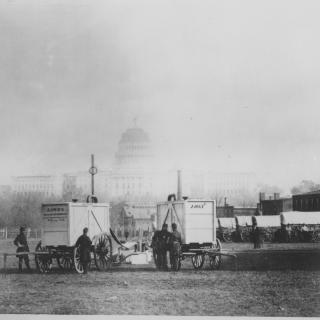
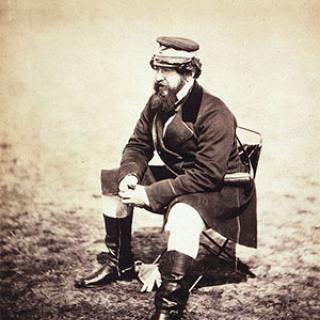
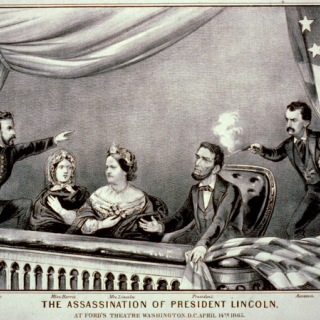
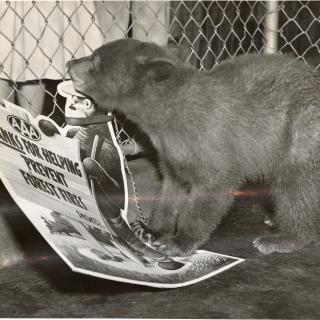
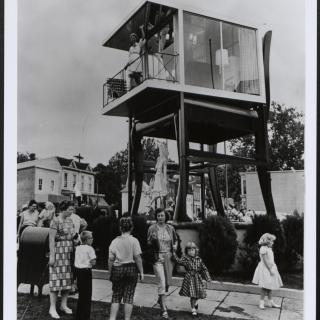

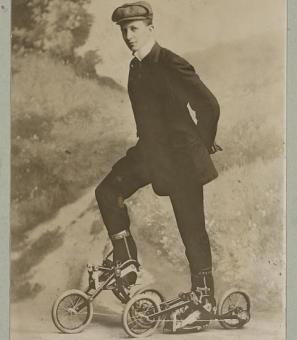 >
>